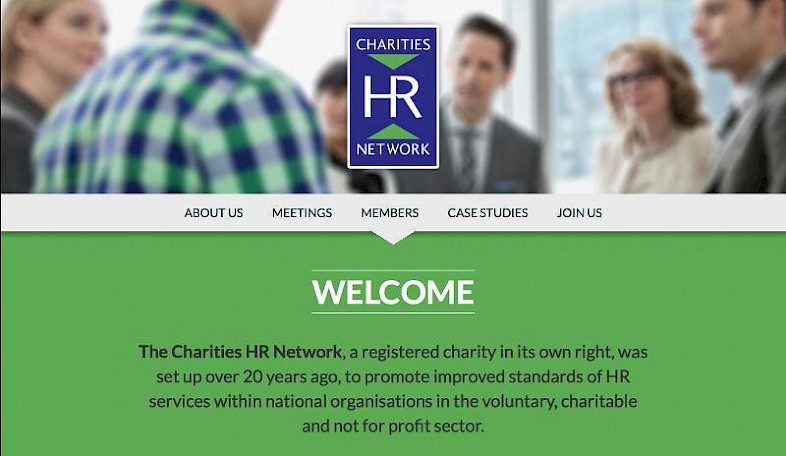Fairly regularly a client will come to us and say
"We need a place where our users can network and share ideas and experiences - something like Facebook but just for friends of the giant panda. Can you build that for us?".
Now of course we could build a Panda Facebook. Given enough time and money we can build pretty much anything you can imagine; computers are great like that. There are some good social media platforms available that would give you a head start. But even if we built a fantastic social networking site, it's going to have a major disadvantage - everyone else is over on Facebook.
About six years ago we created a site for the Charties HR Network (CHRN) which had a members only area. Their members could login and share resources and ask questions and be kept up to date about what the network was up to.
When we came to update the site this year we had a look at how the site was being used and which parts of it the members visited most often. You may have guessed what we found; Most members just hadn't logged into the site for months. When they did, they just looked at upcoming events and didn't hang around in the discussion forums because they were the only ones there.
We've come across worse cases mind. We had a recent enquiry from a client who was running a site with a forum that had 4 posts in 10 years (even though it had 10,000 users who'd signed up to spam it).

We talked with the members about why they didn't use the site more and had some interesting responses. One major factor was that because they didn't visit the site often they couldn't easily remember their login details. The old site was created back in the days before OpenAuth was widespread so we had used the internal CMS member management system rather than letting users log in with their Google or other social media accounts.
When we asked what they did log into regularly then, as you might expect from a group of HR directors, the answer was a pretty unanimous 'LinkedIn'.
LinkedIn already has the ability to create groups so it was an easy decision to shift all of the members over to a new private group.
Creating a successful community on your site is hard work and needs a commitment from your organisation to keep the discussion going. A much more efficient strategy is to take the discussion to where your users are already - whether that's Twitter, Facebook or LinkedIn.
Our next bit of simplification was the application process. On the old site there was an enormous form to fill in which collected all kinds of data that really was never used. Everyone hates filling in complicated forms on websites, and the longer the form the more users don't bother.
We didn't quite persuade the client to do away with the application form altogether (we did try) but we went from 16 fields to 6 which is a great improvement.
Once we'd got rid of the members area and streamlined the application process what we were left with now was the core function of the website; telling charity HR directors about CHRN and encouraging them to join.
Our final bit of streamlining was to use a single page design with a updated look and feel and built on mobile first principles. We've gone from a 50 page site with logins and forms which hardly worked at all on a phone, to a single page, lovely looking, mobile friendly site.

Of course there's another advantage about shifting all the complicated stuff to where your users actually are; it's an awful lot simpler and cheaper for us to develop. Obviously that's not advantageous for our bank balance but honestly we're not keen on spending time and effort on something that's not going to be used when we can do something quick and easy that's more effective. I'm sure we can find more interesting ways to spend your money if you have it to spare...